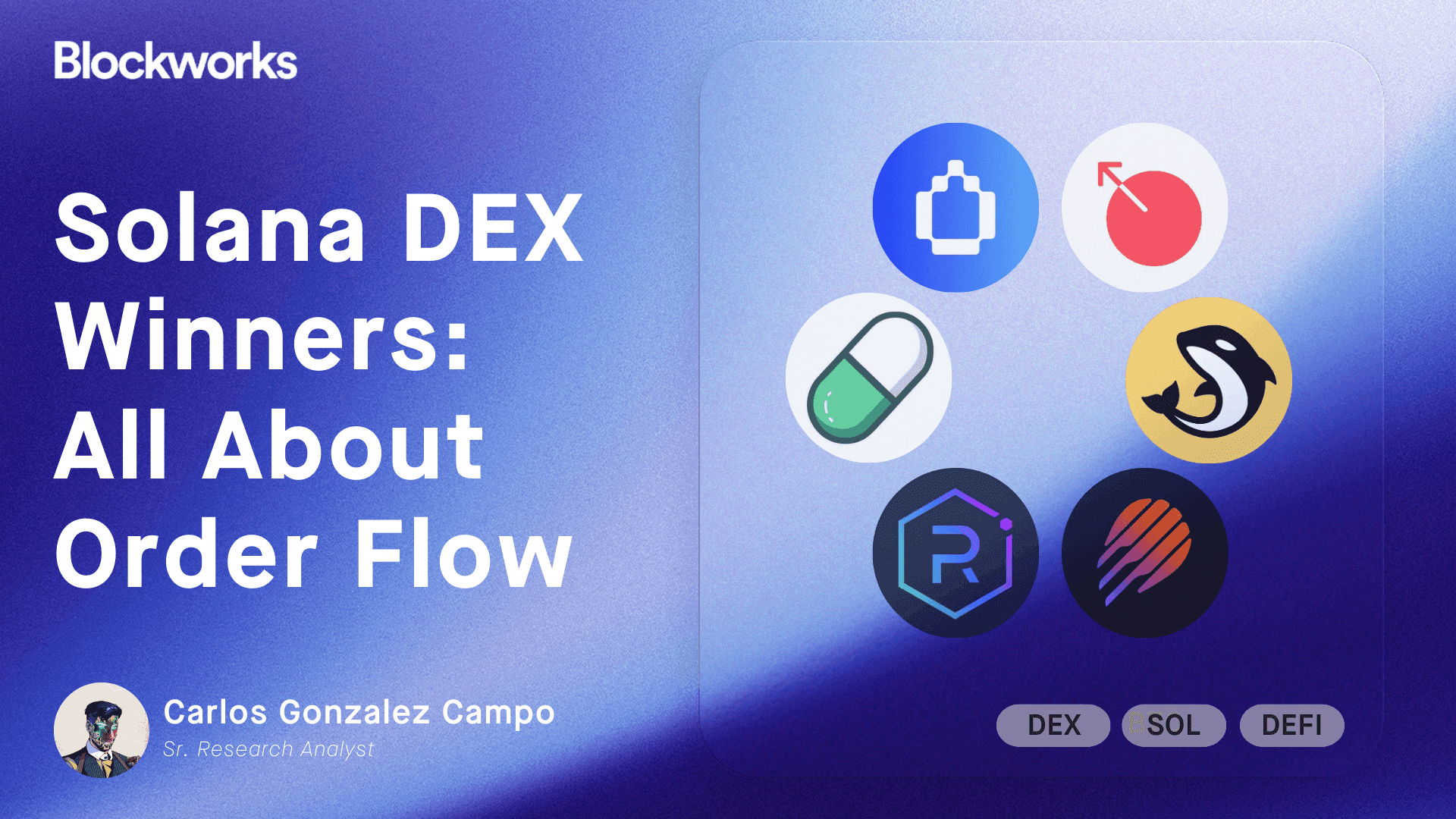Stop burning investors: Crypto needs proof-of-reserves
Proof-of-reserves could have potentially prevented such catastrophic failures like the 2022 crypto market collapse

Artwork by Crystal Le
If you were holding crypto in November 2022, you likely remember the chaos of Nov. 2 and the days that followed. Even casual observers were captivated by the unfolding drama of a massive bankruptcy and one of the largest financial frauds in history.
The collapse of FTX was a pivotal moment in a year already marked by significant turmoil for crypto investors. The liquidity crisis that began in June 2022 toppled many exchanges, lenders and crypto investment funds that investors had believed were built on solid foundations.
Publicly traded companies like Voyager Digital and well-funded ventures like BlockFi and Celsius Network seemed secure but ultimately failed, revealing deep-seated vulnerabilities and leading to widespread contagion affecting millions of investors globally.
The industry did have a potential safeguard — proof-of-reserves — but it wasn’t widely adopted or mandated, leaving the door open for such failures.
Moving forward, how can we prevent similar crises?
In late 2021 and early 2022, leading industry players projected trustworthiness, yet their balance sheets and regulatory statuses were misleading. The critical measure — whether these companies could prove their reserves matched their liabilities — was lost amidst the noise.
Proponents of reserves transparency have long advocated for self-regulation through proof-of-reserves reporting. However, industry skepticism and a lack of standardized practices undermined these efforts. Despite its limitations, proof-of-reserves could have offered frequent, accessible and verifiable insights into a company’s reserve practices, potentially preventing such catastrophic failures.
Read more from our opinion section: Web3 doesn’t need flashy — it needs functional
The FTX collapse reignited the PoR debate, with policymakers acknowledging the need for robust reserve requirements. Texas led the way with swift legislative action, and federal efforts like the PROOF ACT followed. Yet, comprehensive regulatory solutions remain elusive as the industry grapples with broader issues.
The risk of future crises looms as market conditions shift. Proof-of-reserves remains underutilized, and it’s more likely than not that a hot ember smolders somewhere in the market while regulatory focus diverges.
It’s imperative for digital asset service providers and policymakers to recognize the value of this tool to prevent that hot coal from flaming up and burning investors again. By adopting proof-of-reserves, we can provide consumers with transparent, quantitative assurance and protect against future financial disasters.
It’s time to break the glass and implement effective, principles-based reserve transparency to restore trust in the crypto industry.
Get the news in your inbox. Explore Blockworks newsletters:
- The Breakdown: Decoding crypto and the markets. Daily.
- 0xResearch: Alpha in your inbox. Think like an analyst.






